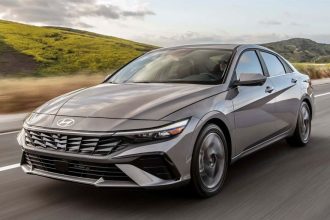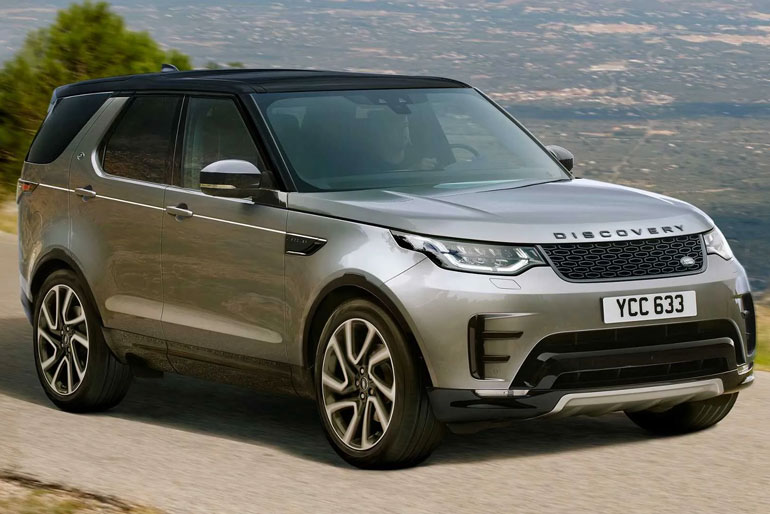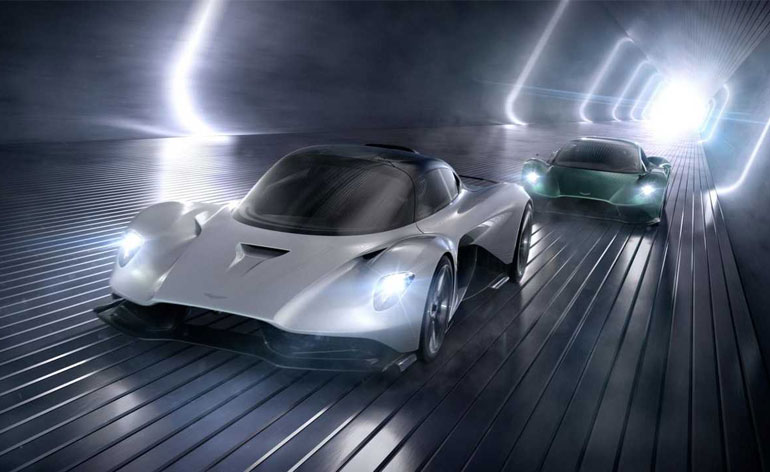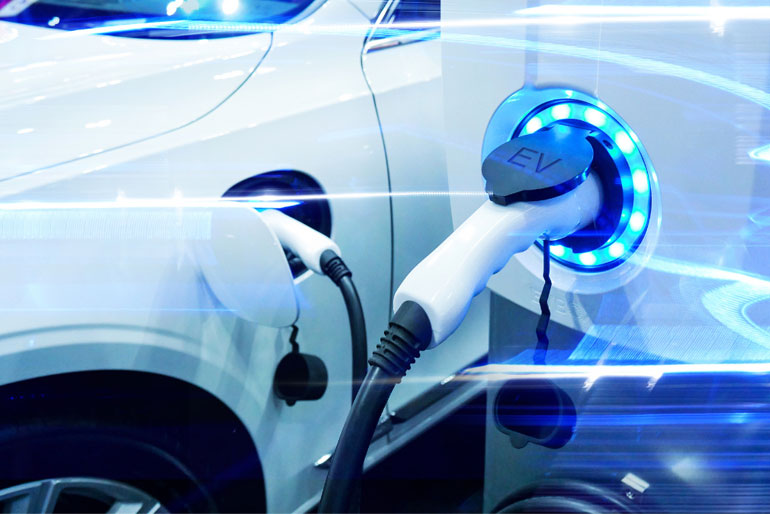There’s no question that the widespread adoption of electric vehicles will be a global game changer. With more and more EVs on the road, not only will carbon emissions be reduced significantly, but our reliance on fossil fuels will also decrease. Critics of the technology have argued that the motors used in electric vehicles aren’t quite where they need to be in order to replace the use of combustion engines – but new initiatives in the manufacture of these motors could very well put that argument to rest. In this article, we’ll examine the manufacturing initiatives that are being explored to deliver an EV motor that delivers the perfect blend of power, efficiency, and torque.
Moving Away from Rare Earth Metals
There are a number of reasons why the EV motor industry is moving away from rare earth metals in the production of their magnets. From an economic point of view, there is some concern about the supply chain given that the metals that are predominantly used to manufacture EV permanent magnets (neodymium, dysprosium, terbium, and praseodymium) are mined in China. Since relations between China and Western nations have cooled in recent years, its reasonable that manufacturers are seeking materials and methods that can be leveraged with a greater amount of stability.
It should also be stated that extracting and refining these materials poses a threat to the environment. The processes involved in mining rare earth materials create a significant amount of toxic waste. Some manufacturers like Renault and BMW are taking a new approach to EV motor design; the former by utilizing a motor free from rare earth metals in a growing number of EVs designed for urban use.
Axial Flux Electric Motors
What is an axial flux electric motor and why is it gaining popularity for use in EVs? This type of motor simply has a different geometry than a standard radial motor. Essentially, the flux is generated in parallel to the axis of the rotation. It’s worth noting that these types of motors are not exactly new, but they are becoming more widely used in commercial applications thanks in part to the development of soft magnetic composites that lend themselves to axial topology.
As for their popularity, axial flux motors contain a higher power density, resulting in a significant improvement to power and torque. The increase in torque comes from the design of the motor; unlike a radial motor, the spinning rotor has a larger diameter because it is located adjacent to the stator rather than inside of it. Since torque equals force multiplied by radius, the result of this motor design is greater torque without using more force.
Axial flux motors are seeing greater use courtesy of automakers like Daimler, who acquired YASA Motors in order to leverage their leading axial flux motor technology and expertise in their own fleet of AMG vehicles. It’s said that YASA motors are up to four times more powerful, weigh less, and are smaller than a contemporary electric motor. If that wasn’t enough, YASA motors are also 98% efficient over a WLPT (Worldwide Harmonised Light Vehicle Test Procedure) drive cycle.
In-Wheel Electric Motors
In-wheel electric motors are about as neat as they sound. First, they eliminate many of the components that make up a drivetrain. These components take up space and add weight to the vehicle. This means that there is more room available for use within the cabin of the vehicle, which is beneficial for electric trucks and autonomous shuttles, where greater space improves functionality and/or profitability. You may be curious about how such a motor is even possible. Like the axial flux motor, it simply comes down to the design.
Take Indigo’s robotic wheel. This motor design takes the normally stationary stator half of the electric motor and divides it into two. The rotor drives the wheel and tire directly. As the two stator halves rotate in opposite directions their relative rotational movement is translated into linear movement. Since everything that is needed to propel the vehicle is packed into the wheels, the vehicle itself can be built lighter and more aerodynamic. The lighter and more aerodynamic a vehicle is, the less power it will require to propel it forward. It’s, therefore, no surprise that according to a report published by research firm Markets and Markets, the demand for in-wheel electric motor technology is expected to continue to grow exponentially, as it has since 2021, where the value of the industry was roughly $800 million. This figure is expected to balloon to $4 billion by 2026 as more automakers look for ways to improve power efficiency in their vehicles.
Switched Reluctance Motors
These motors do not represent new technology, but they have seen a bit of a resurgence in their popularity due to improvements in their overall design. As alluded to earlier, manufacturers are looking for opportunities to build motors that do not utilize rare earth metals (which switched reluctance motors do not), and ways of reducing the cost of manufacturing (these motors are much simpler to produce). Unlike other EV motors, switched reluctance motors produce torque when magnetic reluctance is changed. These motors contain a stator with salient poles and windings and a steel rotor that is cut into salient poles without magnets or windings. Instead of power being applied to the rotor, in a switched reluctance motor the power is applied to the stator windings. Alternating current is applied to the stators when changes to the magnetic field produced by the stator and rotor occur. The benefits of this type of motor include enhanced movement control, lower cost due to simple design and high efficiency. These types of motors also stand up well to extreme weather conditions, expanding the number of applications where such a motor is required.
Manufacturing Innovations Transform the EV Industry
While electric motors have been around for many years, it is only recently that truly inspiring innovations have come to light. From moving away from rare earth to being more eco-friendly, to the further development of axial flux, in-wheel, and switched reluctance motors, the next few years will be an exciting time for EV motor manufacturing.
Without a doubt, the time of the combustion engine as the dominant motor has begun to wane. As for the future of the EV motor, the sky’s the limit. If you would like to learn more about electric vehicle motors or you’re interested in a career as an EV technician, reach out to George Brown College today.







